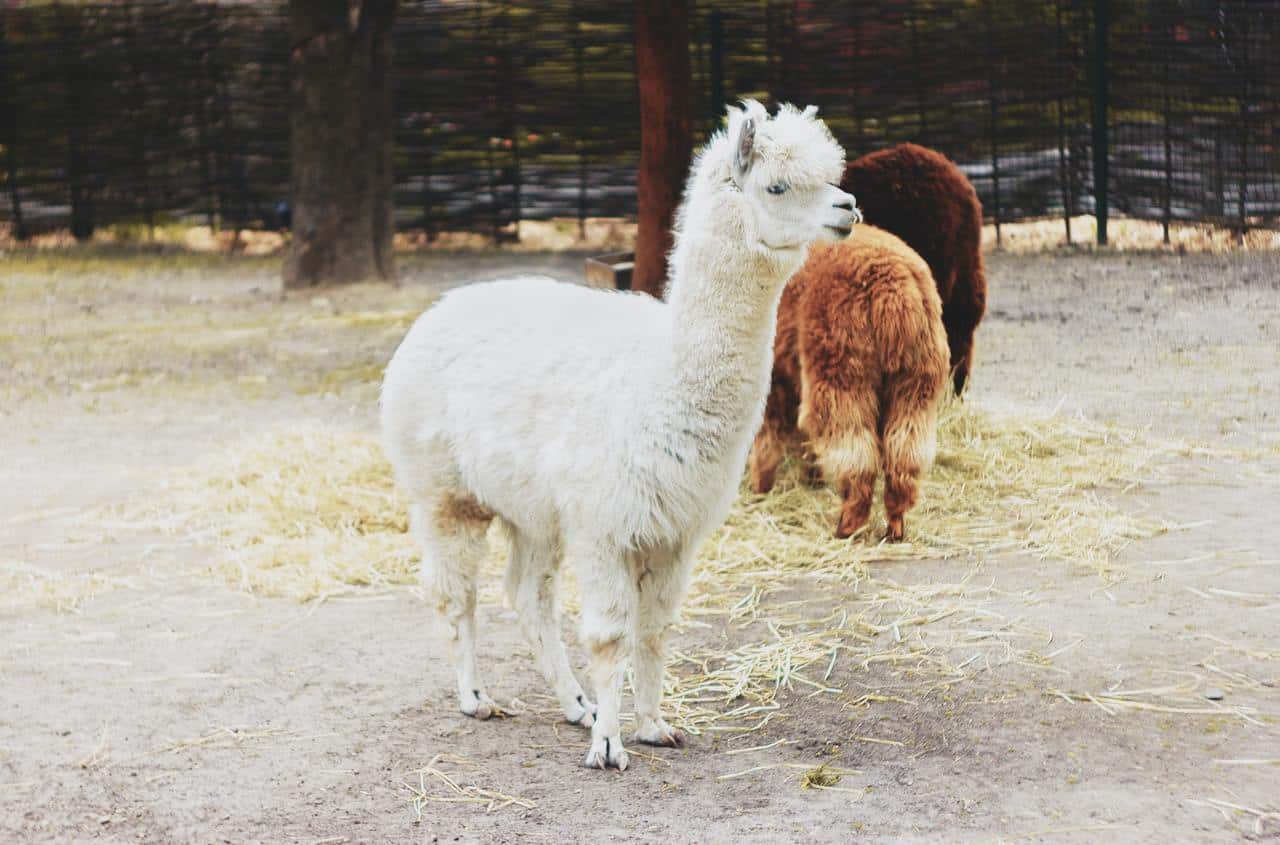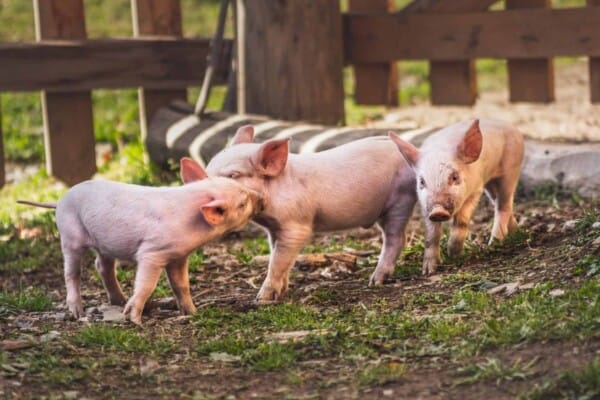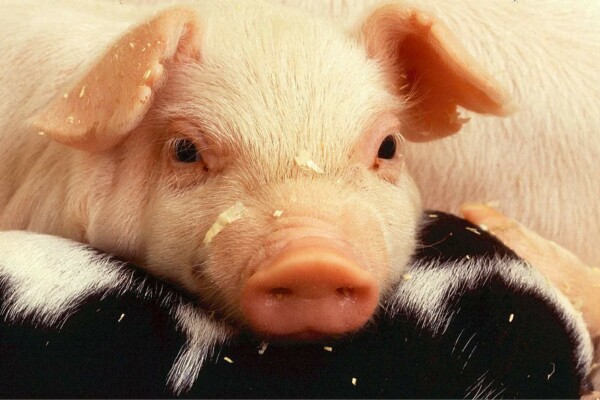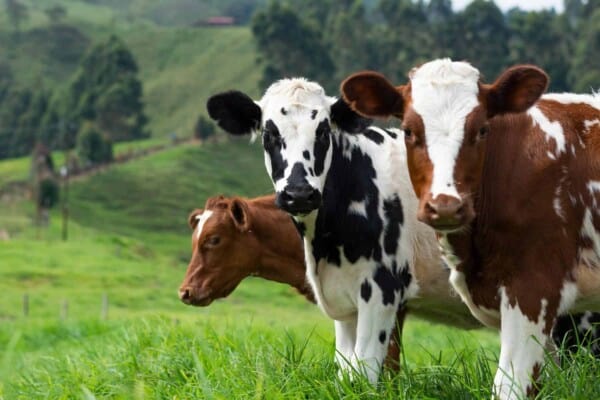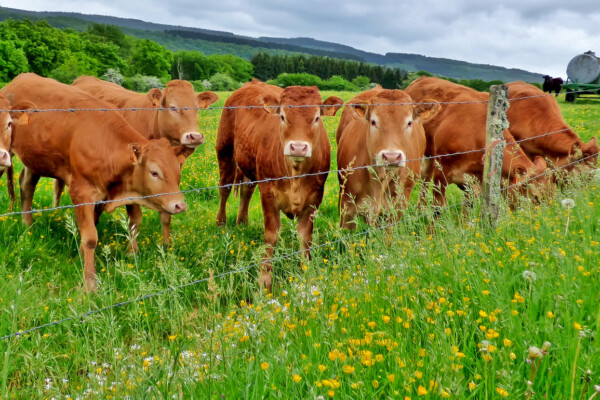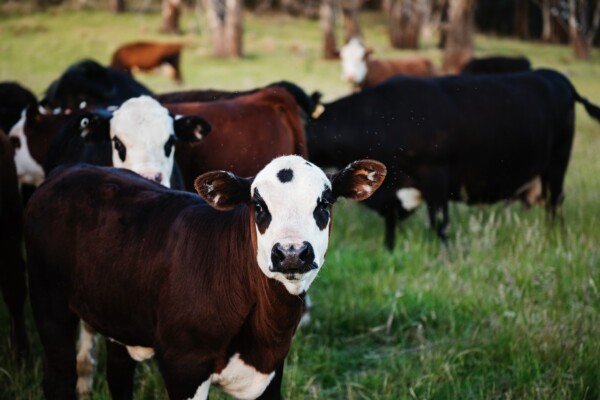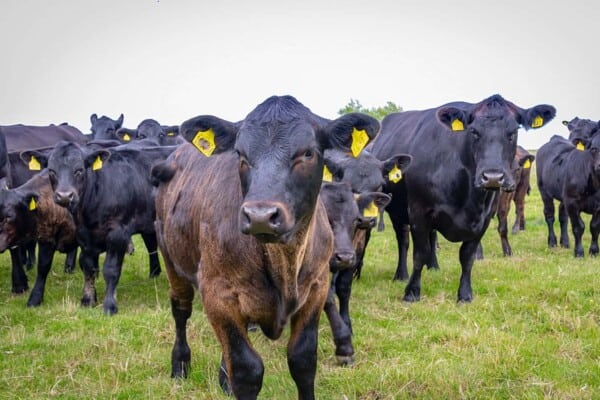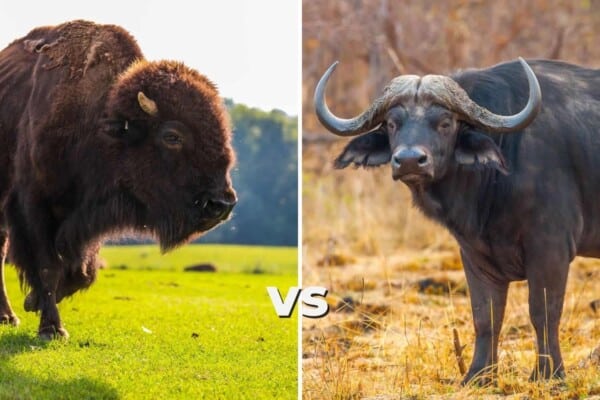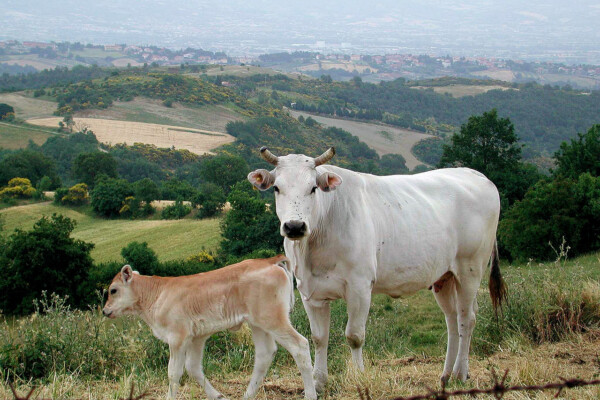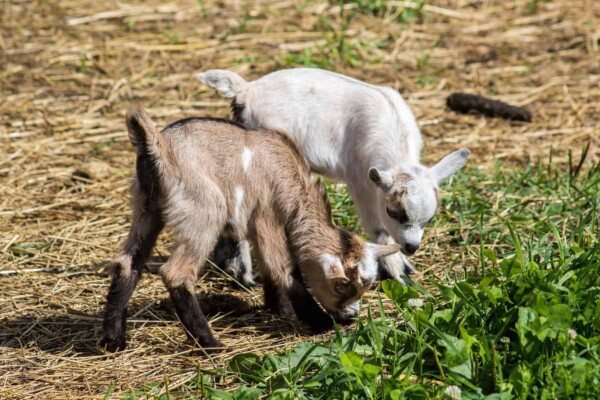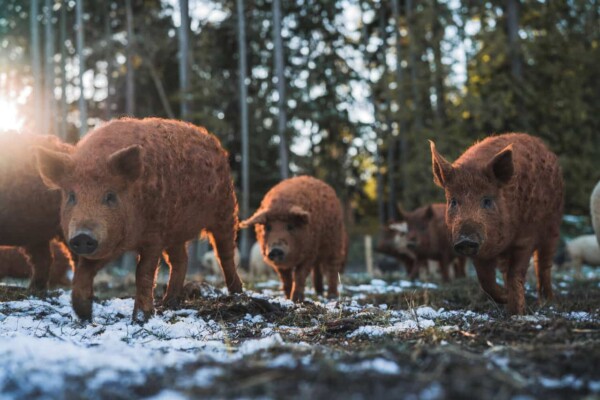In case you didn’t know, both llamas and alpacas have been helping humanity out in terms of transportation for thousands of years by now, but despite this very few people have actually ever managed to distinguish them one from another.
This is because look wise they are extremely similar and on top of that, to the untrained eye you could even be excused for believing that they’re the same species. But they’re not.
So, in honor of these majestic beings we have actually decided to showcase the many differences between the two, and in doing so we want to really thank them for their continuous services over the past couple of thousands of years now.
Although horses have essentially taken over their job by now, there are a lot of parts on this planet where alpacas and llamas are still very popular. So, just so we can really tell the difference between the two, let’s start off this guide the proper way, by first presenting what exactly is an alpaca and a llama before diving straight into the nitty gritty of it all, with our comparisons.
What is an Alpaca?

An alpaca is essentially just the domesticated version of the vicuna, a rather wild animal that can be found within the Andes. The alpaca is essentially just a descendant of the camelids, and although they can seem rather friendly, we wouldn’t recommend trying to pet a wild vicuna if you want to keep all of your fingers.
Alpacas on the other hand, as mentioned previously, are domesticated which means that unless that specimen itself is having a bad day and is willing to go to war with the human race for it you will be able to pet the Alpaca and even ride it if you happen to be a three-year-old by any chance.
But why would you actually pick an alpaca to begin with? What makes them different than any other transportation animal out there? Here are the top reasons for that:
- They are very soft
- They come in a whole slew of different shades and colors
- You can use their fibers to create your own clothing
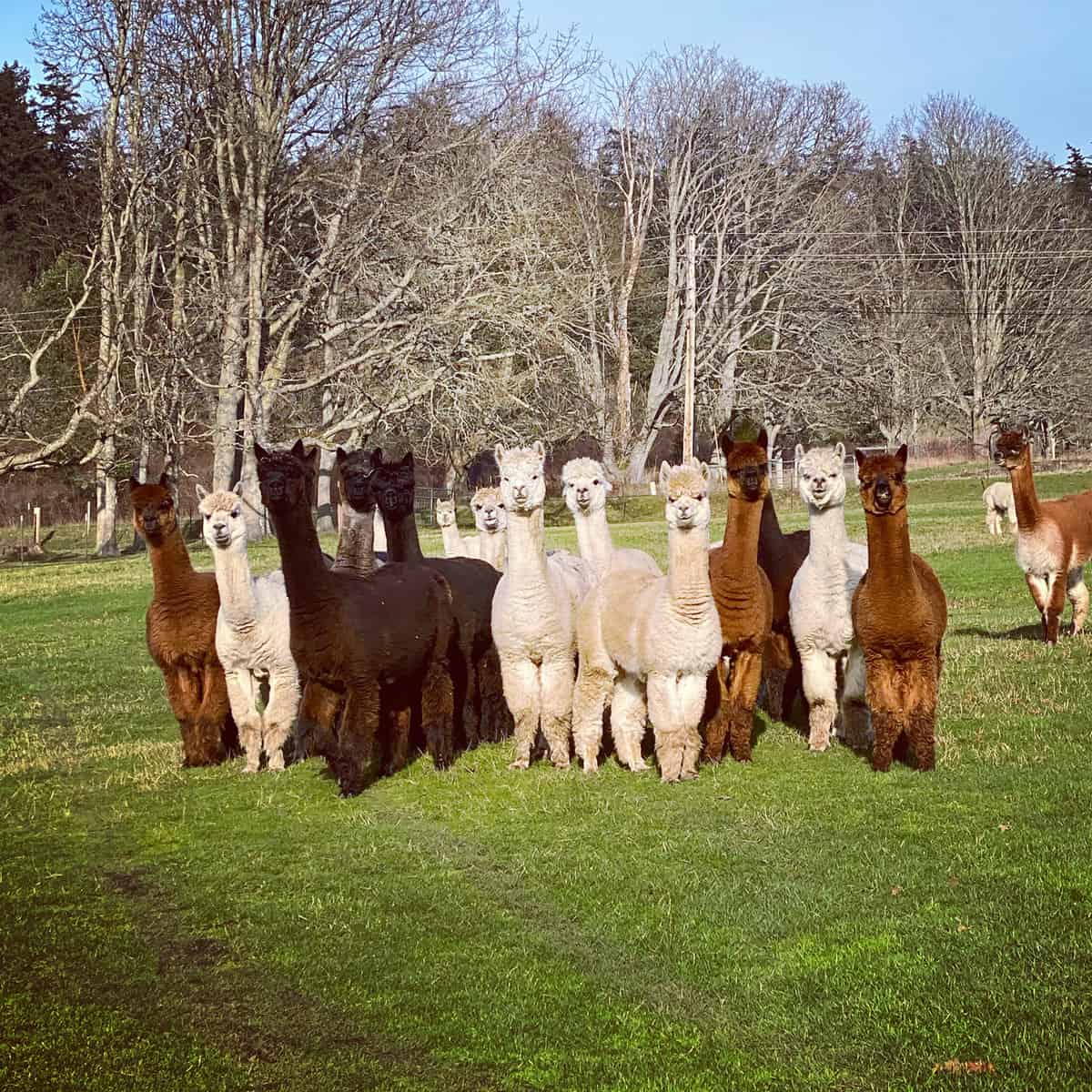
In case you didn’t know by now, alpaca fibers are quite expensive regardless of the market you’re buying from. Why? Because they are ungodly soft and warm to the touch. On top of that, they are also a lot lighter, which makes them great for clothing, as you can easily make some soft yet comfortable winter clothes using their fibers.
On top of that, as mentioned previously, the alpaca actually comes in a ton of different shades and colors, meaning that you are never limited to just black and white as far as clothing goes for them as you would be with sheep wool for example.
The only real downside to this plan is the fact that if you do want to get an alpaca simply for its fibers then you will need to wait a very long time before you can actually start getting it from them.
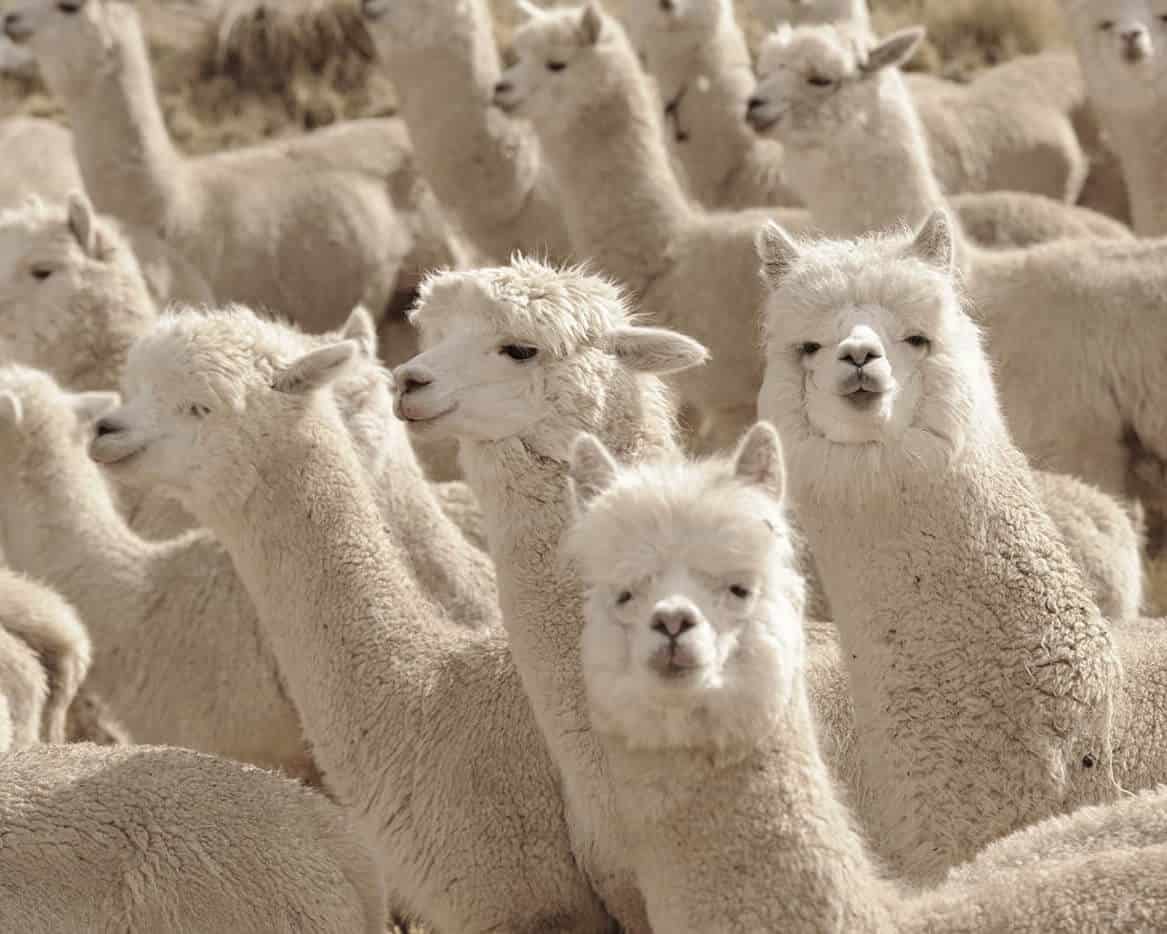
But, this more than makes up for it because of how versatile the fibers really are. You can literally create your very own blankets, shawls or as mentioned previously, you can make the best and comfiest winter clothing you could ever find.
Overall, though, alpacas may not seem like it but they are very loveable creatures that could easily make for a great addition to your farm of for your household. Regardless of whether you want an alpaca for a pet or for profit, you will still get your money’s worth from them.
What is a Llama?
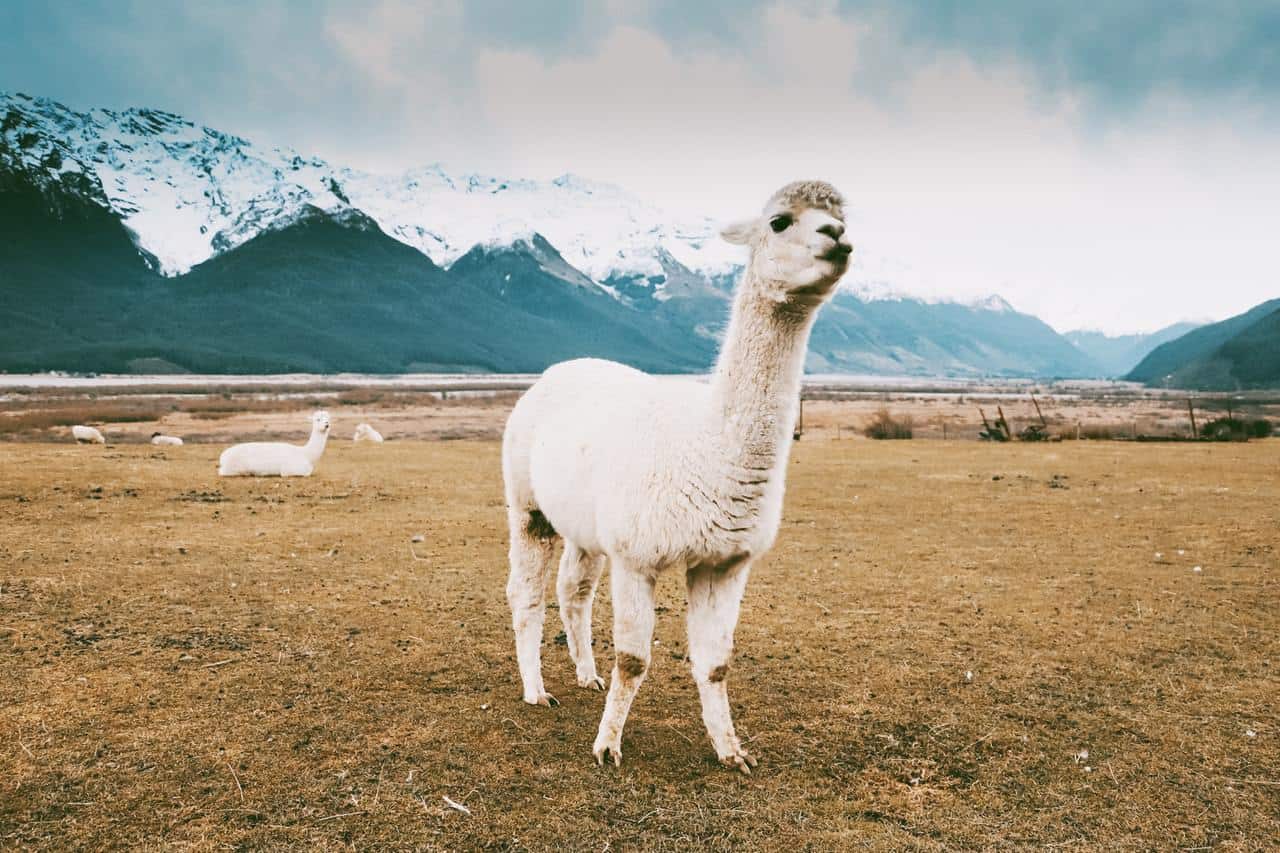
The reason as to why most people confuse llamas with alpacas is the fact that they both hail from the Andes, their ancestor. On top of that they are also direct descendants of camelids, which is why they look so similar to one another.
There are plenty of reasons as to why you would like to raise a llama yourself. Here’s just a quick showcase of what the main reasons are:
- Their wool is extremely high quality
- They make for great protection for your livestock
- Their meat is delicious
So, as we just mentioned, the wool they produce is extremely heavy and warm. It is the type of stuff that you need for your winter coat, it is extremely soft which makes great for most articles of clothing and on top of that the wool blankets from their wool are exquisite to say the least.
If that weren’t enough however you should also know the fact that their wool doesn’t actually contain lanolin, which means that even the people that would usually be allergic to wool could still wear clothing made out of llama wool and they’d be perfectly okay with it.
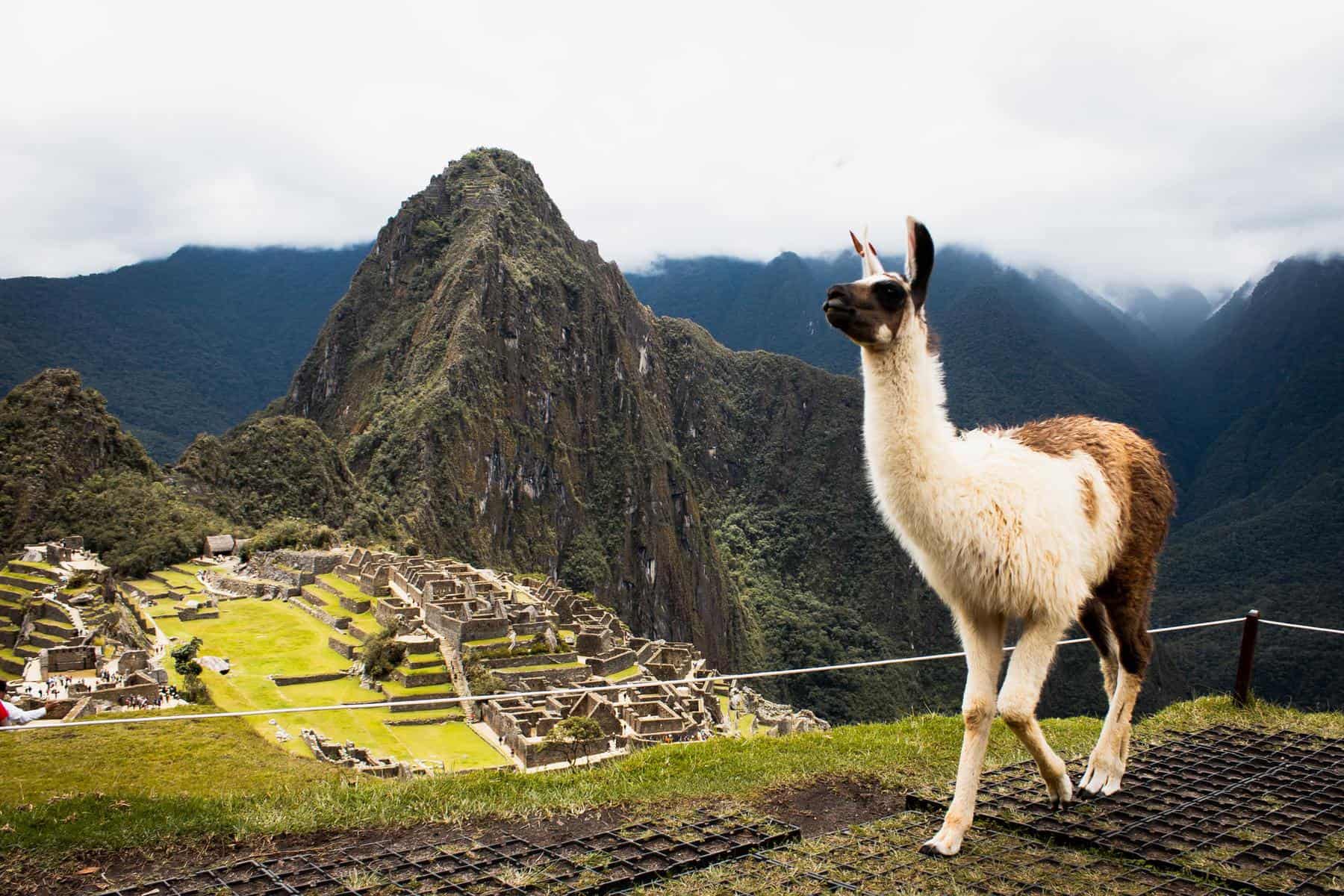
But if that weren’t enough to make you want to buy a llama then listen here: They can be extremely vicious against any predators that can come lurking after your livestock.
That’s right, a llama is a great help against wild coyotes, it’s almost as if they had been programmed for this all along as they make for some of the best livestock guardian animals out there and that’s a fact.
They’re also some of the easiest animals to train, many have gone as far as to compare llamas to dogs in terms of trainability, so if this is your first time owning one don’t worry, you’ll easily be able to get it to do what you want.
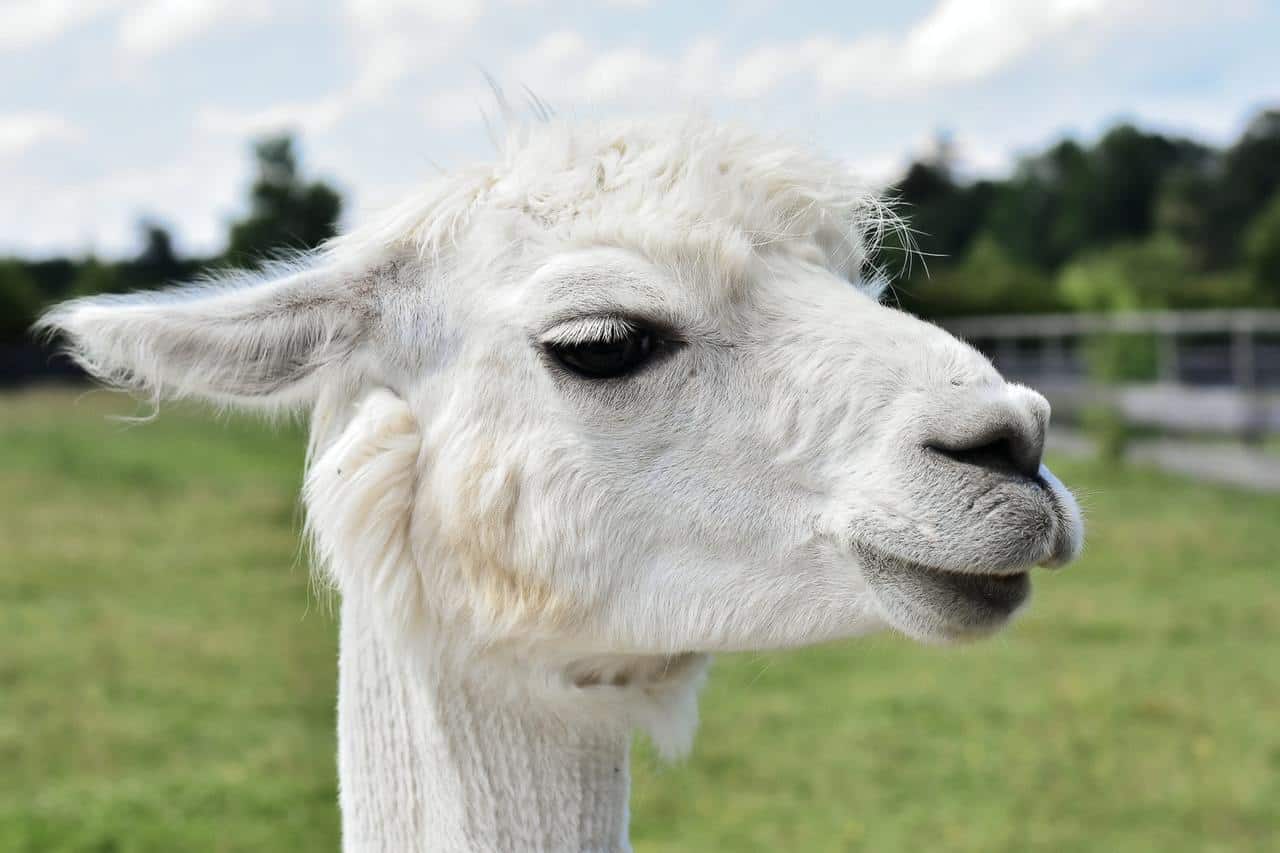
Lastly, their meat is incredibly tasty. While we usually don’t say that raising a llama for its meat is all that great of an idea, there is literally no reason as to why you wouldn’t get one last service from your favorite wool making livestock guardian, right?
If anything, if a llama is suffering from some sort of disease, it’s a lot more humane to take it out while it’s still in its prime so you can get the best out of its meat as quickly as you can.
Which One’s Nicer?
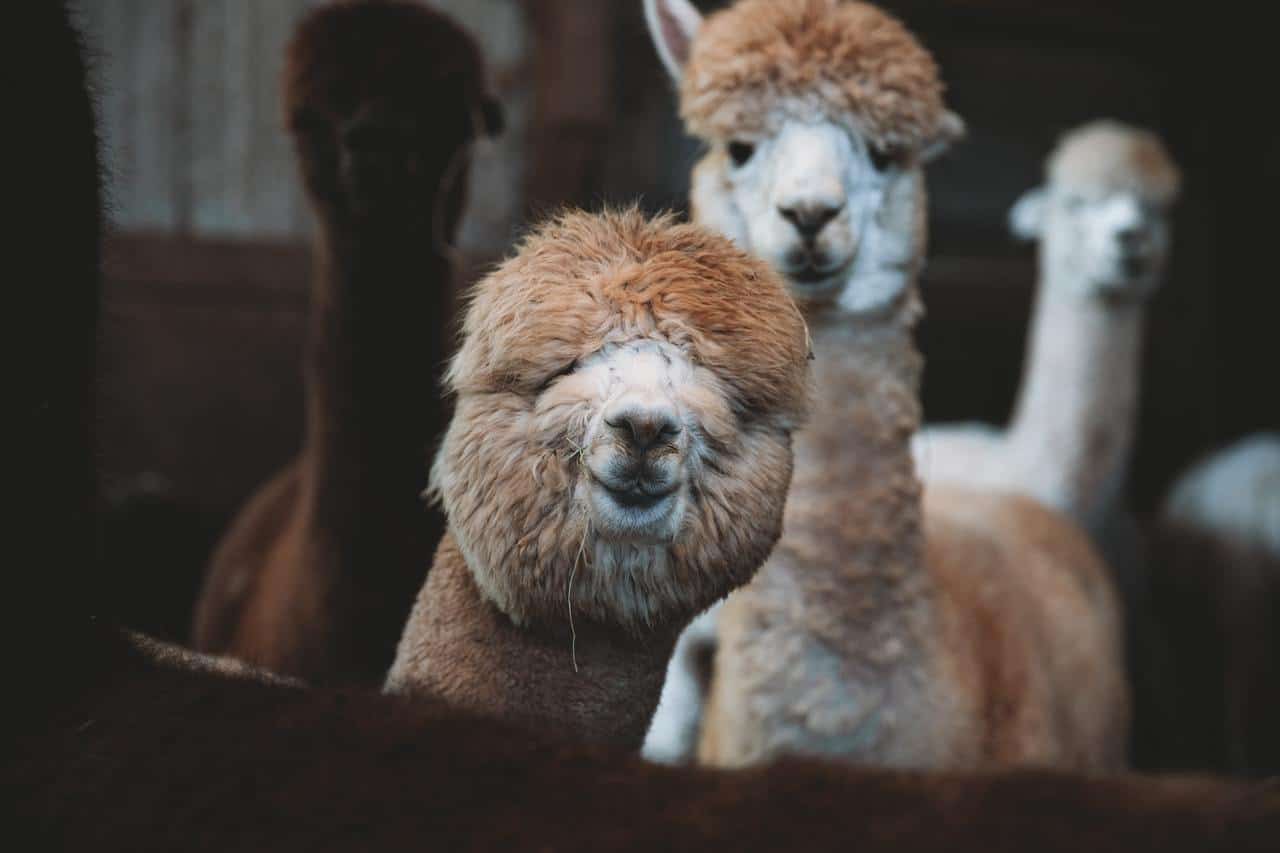
So, before we actually fully get into the differences between the two, we should get across this part right here because many people still believe that both of them are just as vicious when it comes to treating people as the other is.
In reality however, both are pretty easygoing on humans, to the point where more and more people have decided to get them as pets as time moved on.
When it comes to how they treat humans, it all depends on the alpaca or the llama you own. Sometimes, a llama will be a lot calmer and easier to train than an alpaca, and other times the alpaca will prove to be way easier to take care of and an overall better help around the farmhouse.
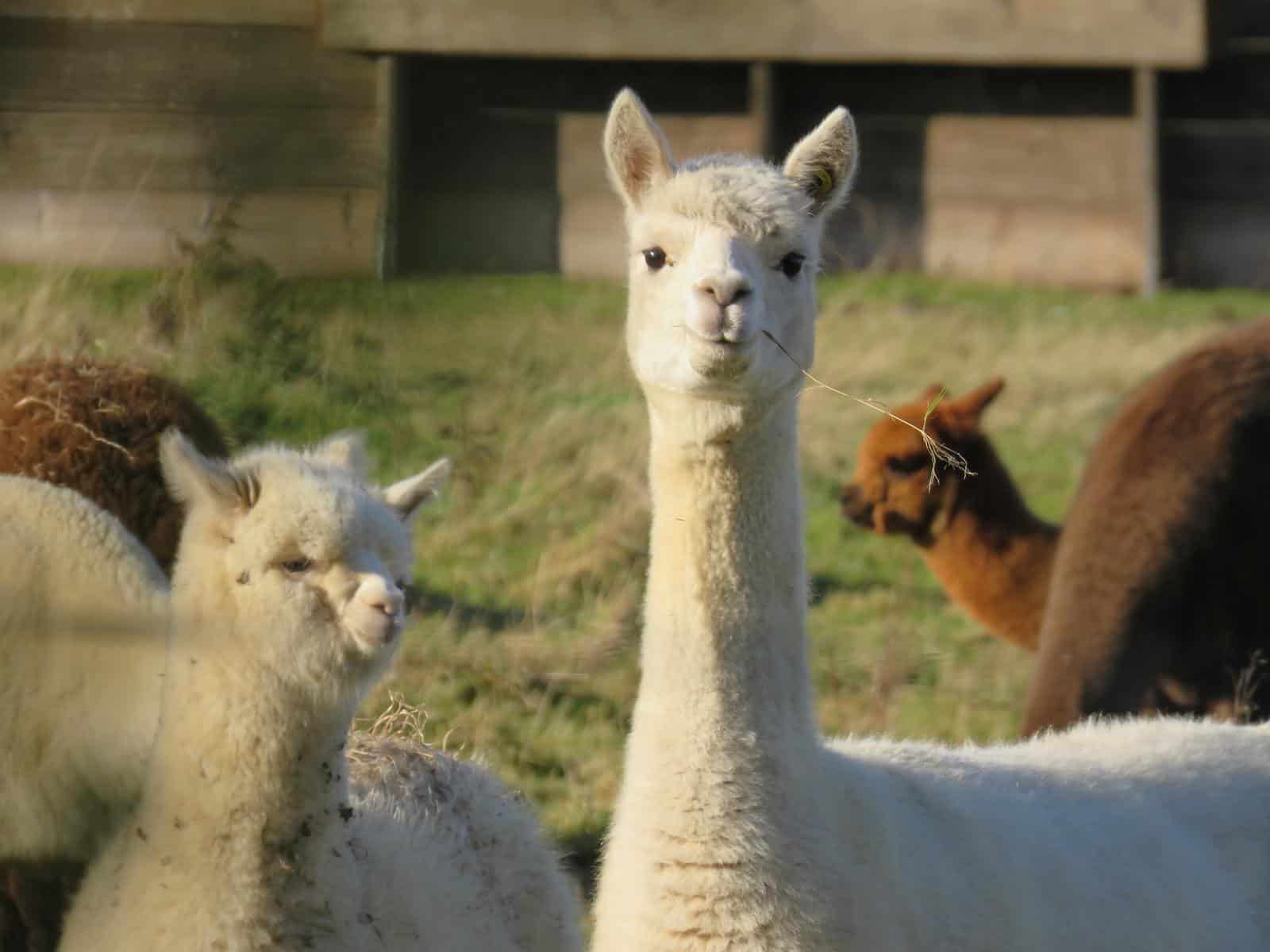
From our own personal experience, we can say that alpacas are still a bit more reserved when it comes to showing off their emotions. They can still act out and be very cuddly, but from what we’ve seen llamas are very confident around humans, to the point where they can sleep on your lap whenever you start petting just the right spot for them.
So, just to reemphasize this part, while it does appear as though the two can be very similar in terms of personality and overall niceness, you can still get a violent spitter or biter regardless of which of the two you end up getting for yourself.
How Are Llamas Different from Alpacas?
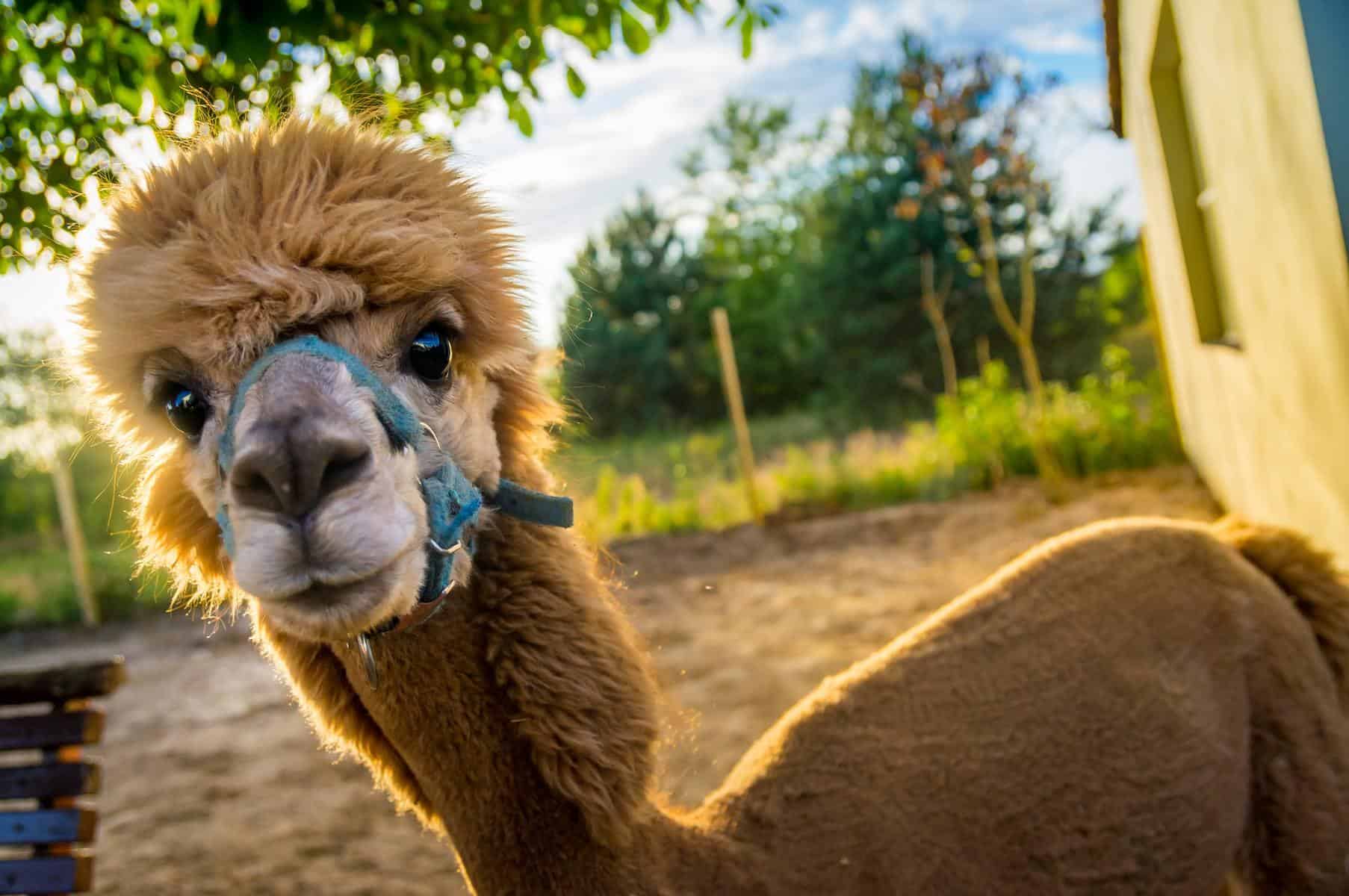
In case you’re not interested in reading a detailed comparison essay on the two, here’s a brief version that you can quote whenever you feel like this is pertinent information for the conversation you’re having:
- Size
- Face
- Ears
- Personalities
- Fiber
- Purpose
- Trekking
If you actually want to know what these differences are, then keep reading because we’re about to dive right into each and every one of them.
Alpaca vs Llamas: Size

First and foremost, we have their size. As you can clearly tell from any promotional picture, llamas are very much so massive in comparison to alpacas, as they can easily weigh in as much as 400 pounds, with alpacas barely reaching 150 if they’ve lived a happy life full of everything they could as for.
This might be one of the reasons as to why you get or decide not to get one of the two. For example, if you don’t have the room for a llama, you would usually go for an alpaca instead, or perhaps if you have small children or other small animals around your farm and you don’t want them to get injured.
Regardless, alpacas might be a better choice for you if that’s what you’re mostly looking for. If the size difference doesn’t bother you then you can go for either of them because at the end of the day the difference may be big but it’s not a massive dealbreaker or anything of that sort.
Llamas vs Alpacas: Face
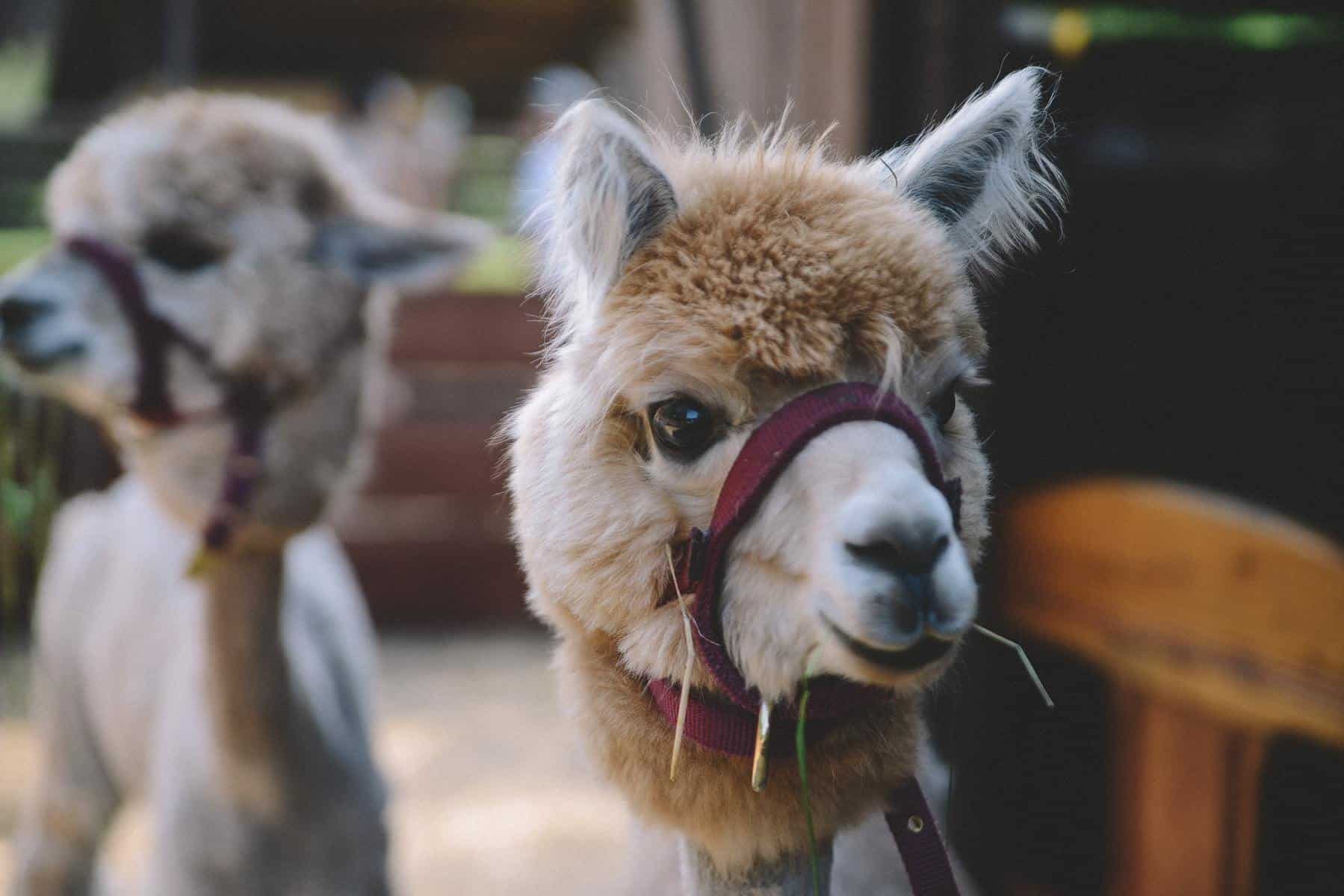
Second of all, you have the ears and face. We’ll quickly get over this part as it’s pretty straightforward. Essentially, alpacas have straight and pointed ears while llamas have much larger ears, similar to donkey ears for that matter.
Face wise you can clearly distinguish the fact that alpacas have much softer and smaller faces which in turn can make them a lot cuter than llamas. But, that’s not to say that llamas can’t be cute, as they have very comically large noses on their faces and they don’t cover any of it with fur either.
So, to put it bluntly, alpacas look like the baby version of llamas. They are smaller, cuter, and overall softer while llamas are bigger and most imposing but also, they can be very friendly too, that is when they’re not spitting in your face but we’ll get to that in a second.
Alpaca vs Llamas: Personality
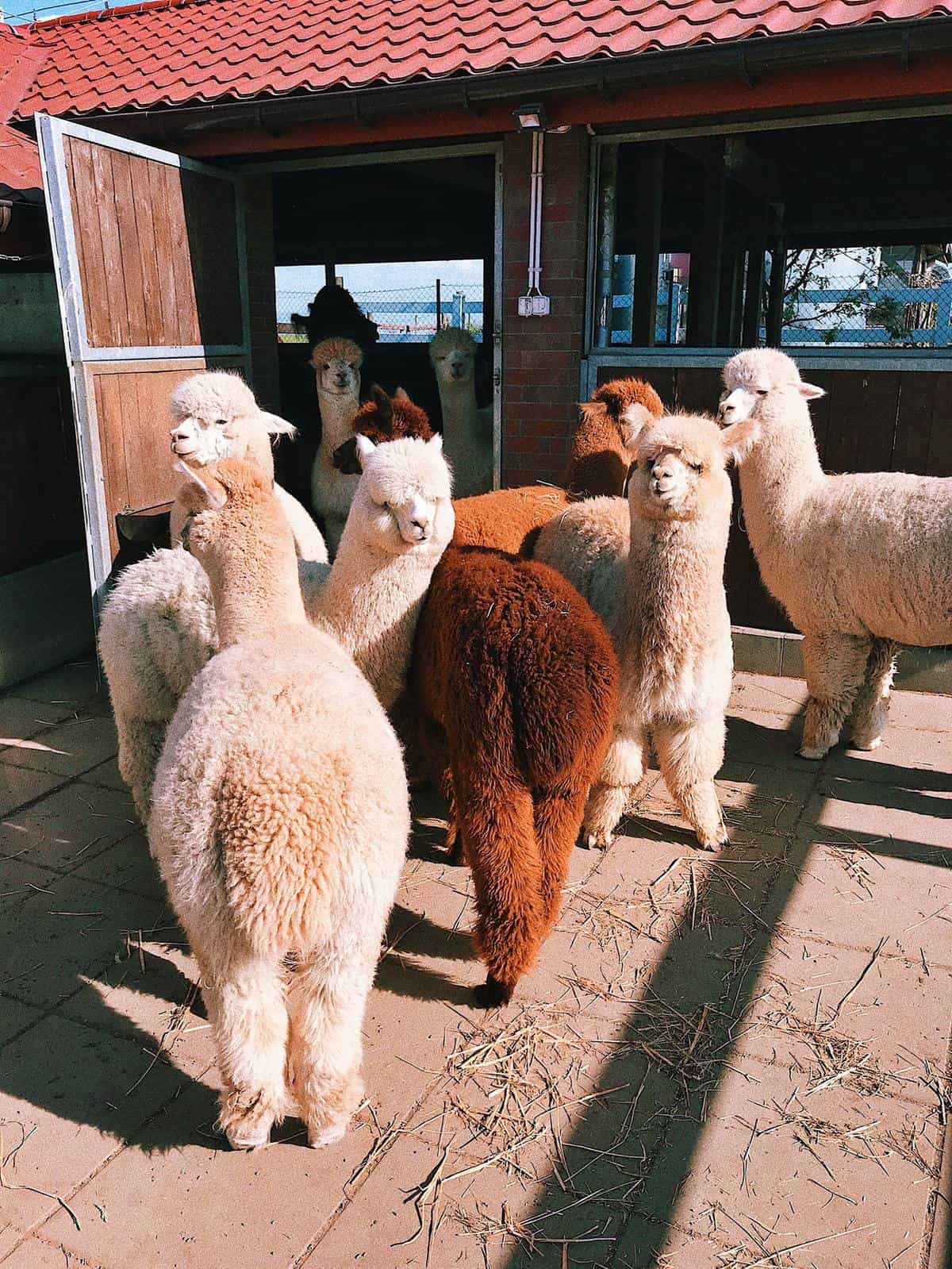
Personality wise, as mentioned previously this can all depend on the animal itself, as sometimes one will differ from the other and other times, they can both be loveable goofs and that’s a fact. But, just for reference’s sake let’s talk statistics.
Statistically speaking, alpacas can be a lot shier than llamas, to the point where they will stick to the herd and never leave even if a predator rolls on nearby. This is their instinct because they are so much smaller.
On the other hand, we have the llamas which are never going to back down from a fight. Being twice the size of alpacas also gives them twice the fighting spirit as they will easily jump at any predator that dares to threaten the herd.
So, while the llamas will be trying to protect your herd, you absolutely cannot bet your herd’s life on an alpaca because they are not guardian animals, they are the animals that actually need to be protected.
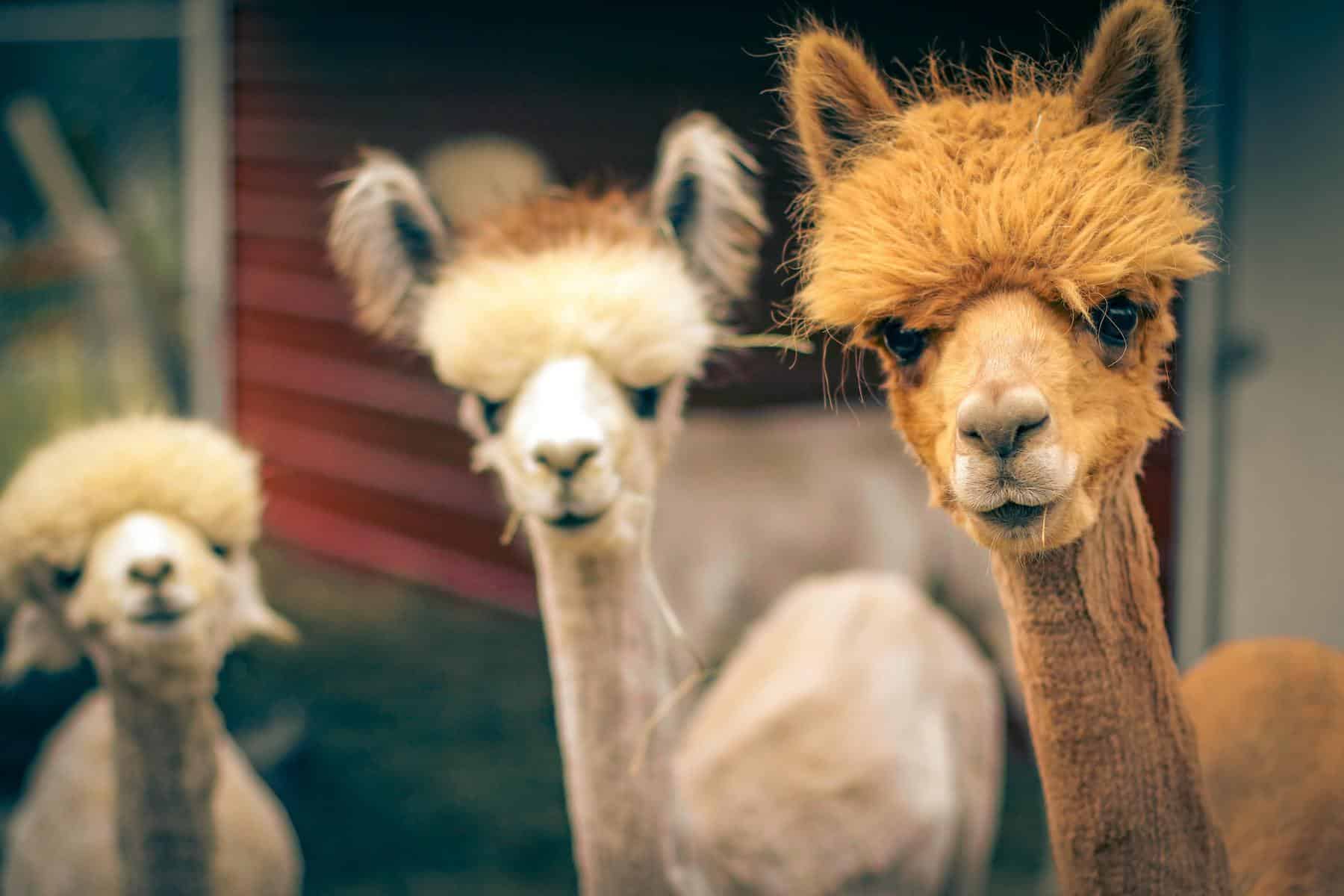
While sometimes they can try their best to fight back, alpacas are not that ruthless, while llamas are extremely violent when cornered. In case you didn’t know, most of the time at alpaca ranches you will see a llama or two put in the mix for protection.
Llamas also have an easier time drawing away the predator because of their larger size. They literally will dive away and run off to attract the predator while the rest of the herd runs away.
Friendliness wise, as mentioned previously it’s all give and take. If you treat them right you will get some very loyal pets or ranch animals but if you don’t the you will find yourself attacked more often than not as you turn your back to them.
Remember, they’re animals not humans, while they can be trained and they can be very cute and cuddly, they can also be very dangerous especially towards children and other small animals so make sure to train both alpacas and llamas properly before you release them on your ranch.
You don’t want to be the reason as to why they attacked the random family that came on by to visit, don’t you?
Llamas vs Alpacas: Fibers
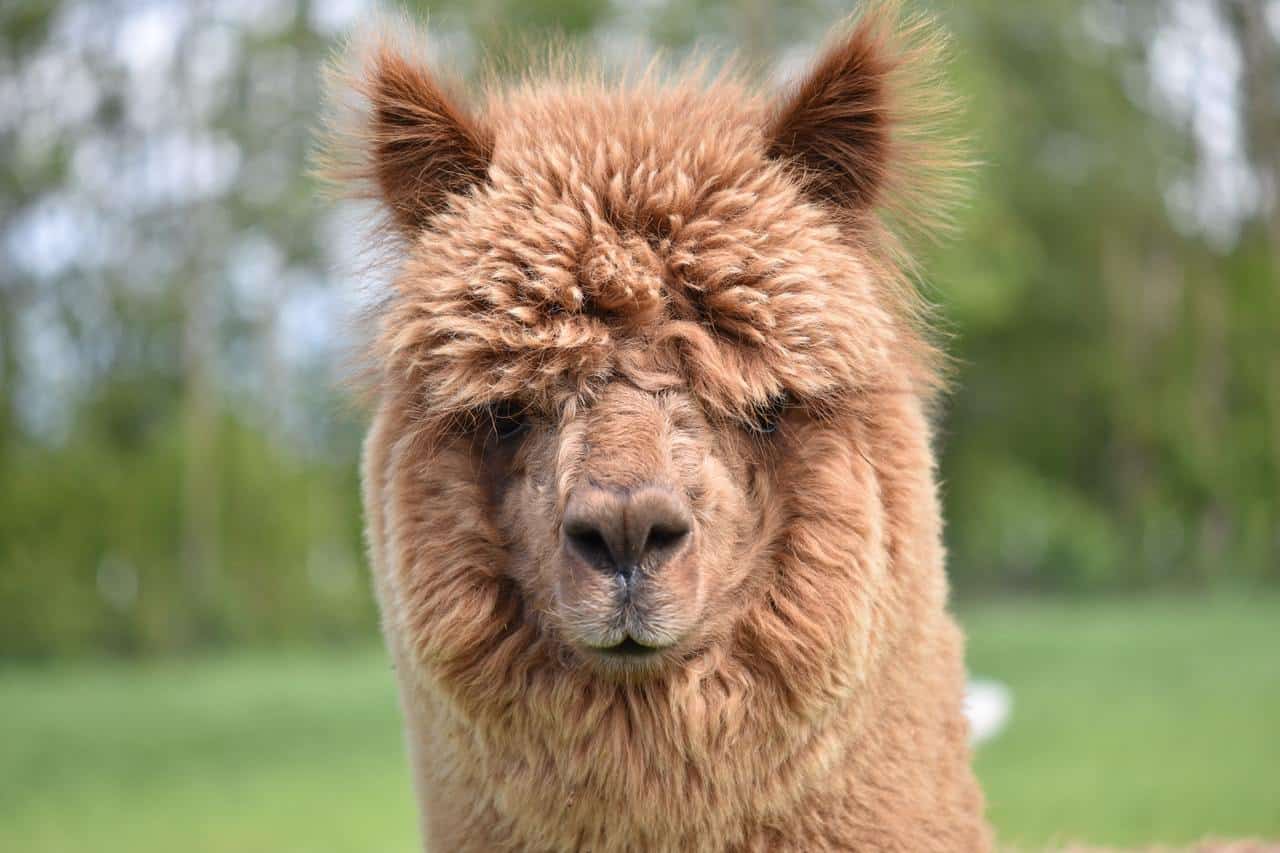
Fiber wise, as mentioned previously, alpacas have fleece which can be used to get Alpaca Yarn, Alpaca Socks and Alpaca apparel.
On the other hand, however, you have llamas which are mostly used for other means but they can still be used for clothing if you use their baby llama fiber.
Alpacas vs Llamas: Purpose
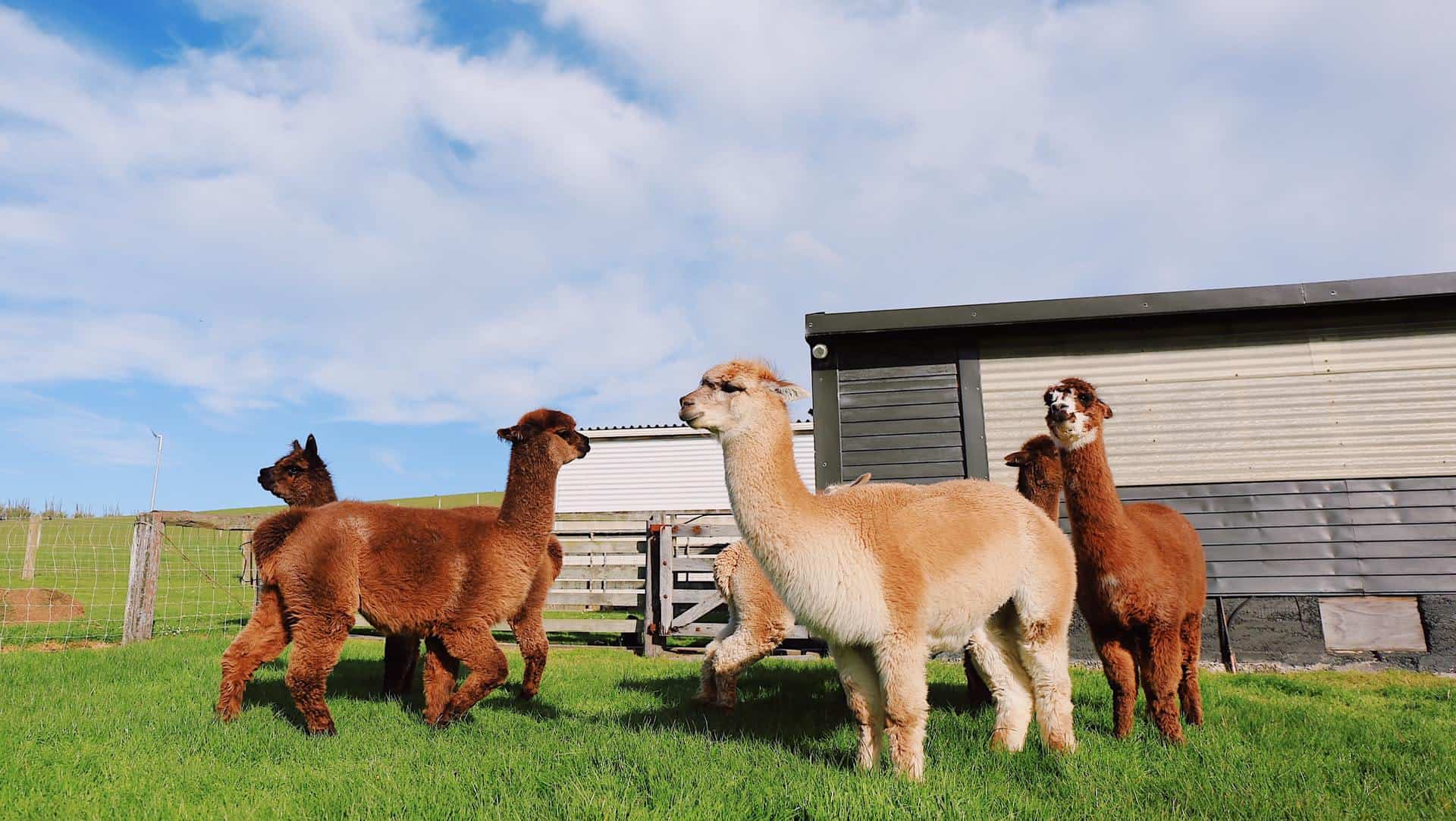
When it comes to their general purpose you have alpacas which have literally been bred solely for their fleece for well over 1,000 years now, and then you have llamas, which as you can clearly tell are inferior when it comes to their fiber.
Instead, you should be able to tell right away that they’re especially great at defending the herd and they have even been bred to literally jump in front of the predator so that the rest of the livestock can make it out alive. This is why they’re so much bigger and less cute.
Think of them as such: Alpacas make for great additions to your livestock, they can give as much as you give them and more, while llamas are specifically used to defend your livestock, you need a llama if you want protection for your livestock, but you don’t need a specific reason to have an alpaca.
Llamas vs Alpacas: Trekking
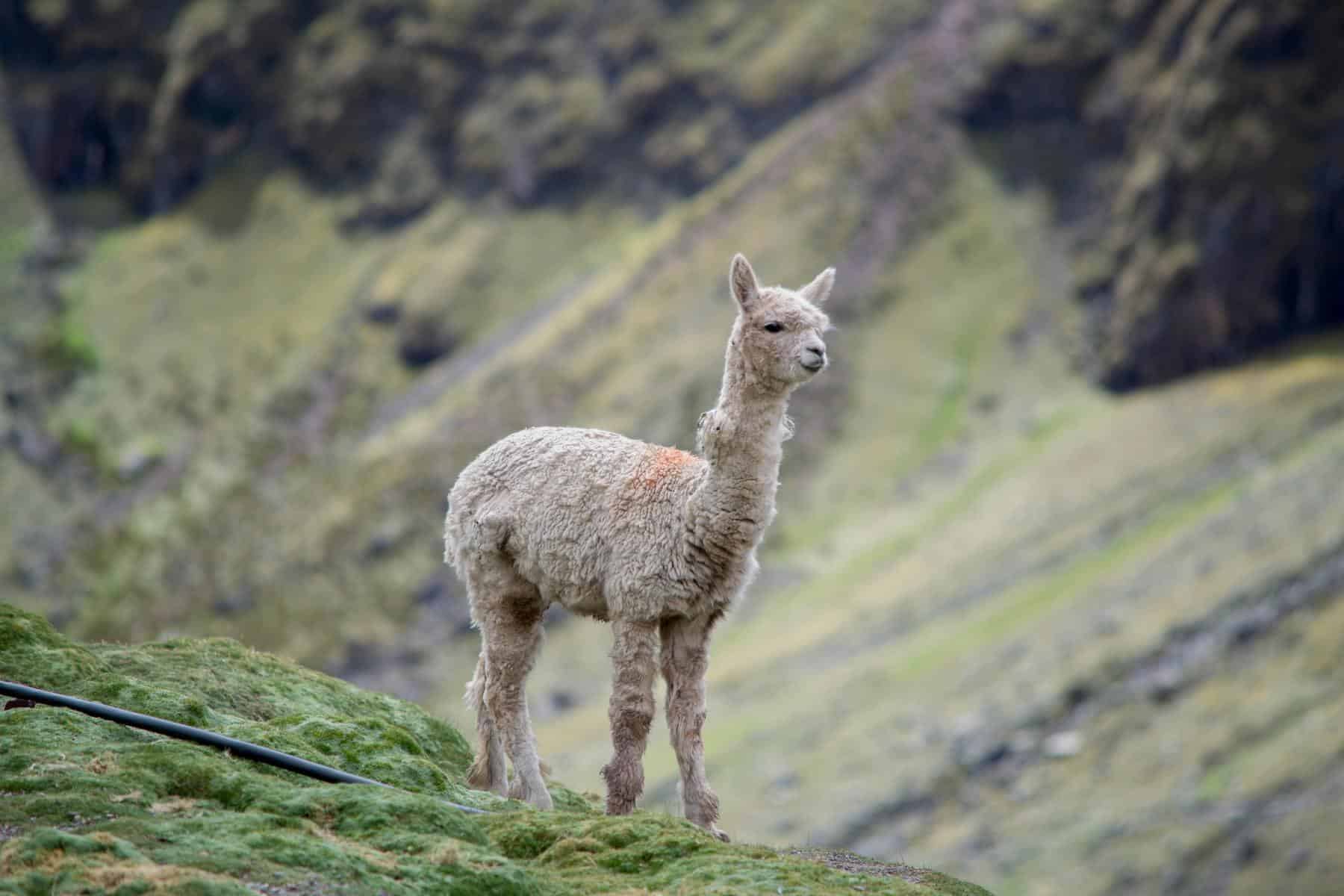
Last but not least we have the fact that they can both be used to carry equipment around. But, as you can already tell, llamas are always going to be the superior choice because of how much larger they are.
This means that they can carry so much more than alpacas, to the point where you could even go as far as making them carry a third of their body weight in total.
Alpacas may be cuter but they are not trekking animals simply because they can hardly carry anything. You’re better off using a dog to carry your stuff at the end of the day.
Conclusion
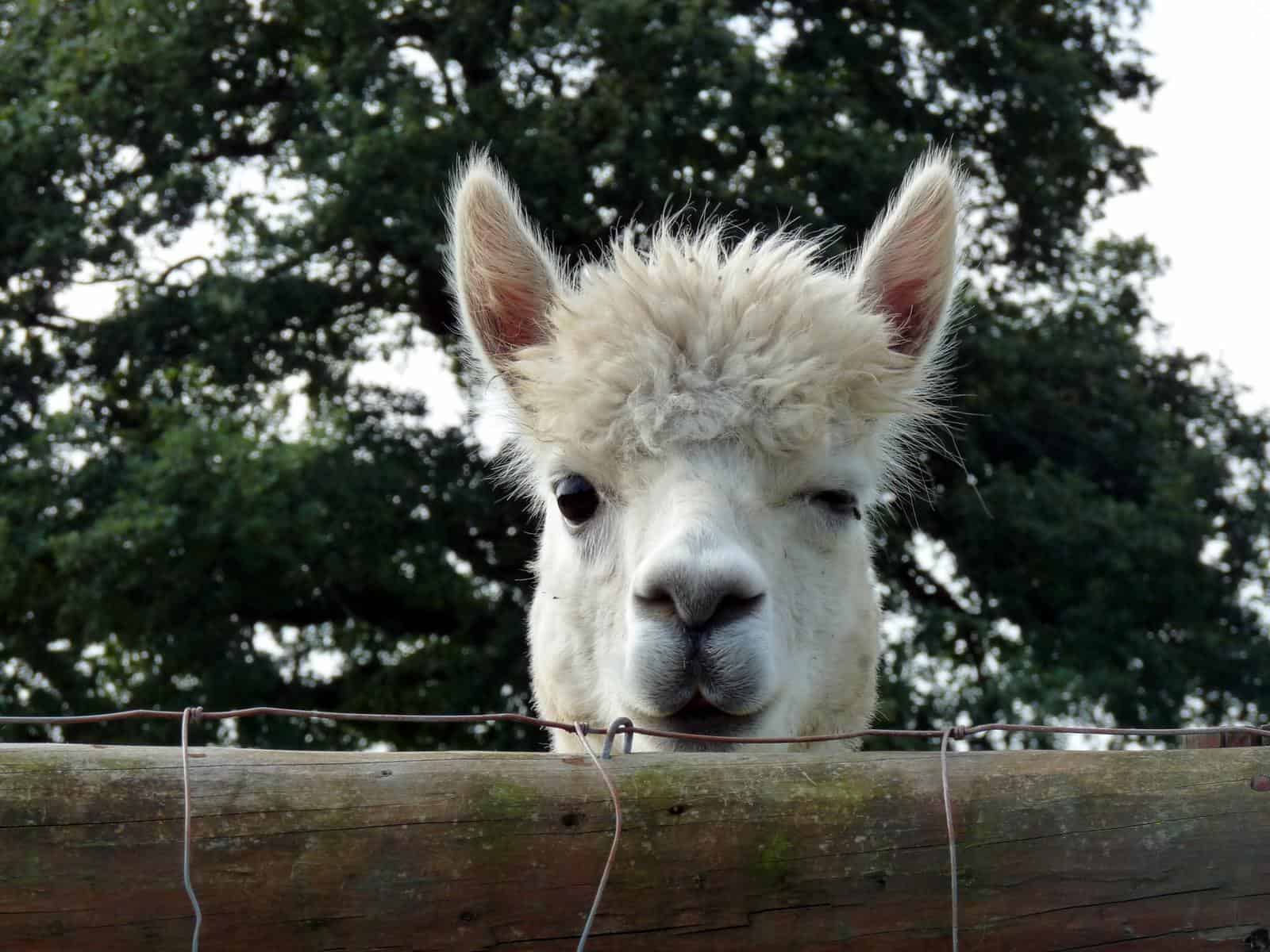
So, just to wrap this up nice and neatly, what exactly is the main difference between alpacas and llamas? What is that one true key factor that you need to take into consideration when choosing one over the other?
As far as we know, it all comes down to their purpose on your farm. Do you want a good addition to your livestock, an animal that will attract eyes with how cute it is and will make for great fiber that can be used or sold effortlessly? Then go for an alpaca, you literally can’t go wrong here.
But, if you’re looking for an animal that can do the job of multiple other animals at once, one that can both defend your livestock as well as be a part of it, while also being a great tool for trekking, then there’s no better option than a llama.
So, with that being said you should now be educated enough on this subject. Hopefully you learned something new today that you can use at your next get-together to make others believe you’re the most idiosyncratic person in the room.

